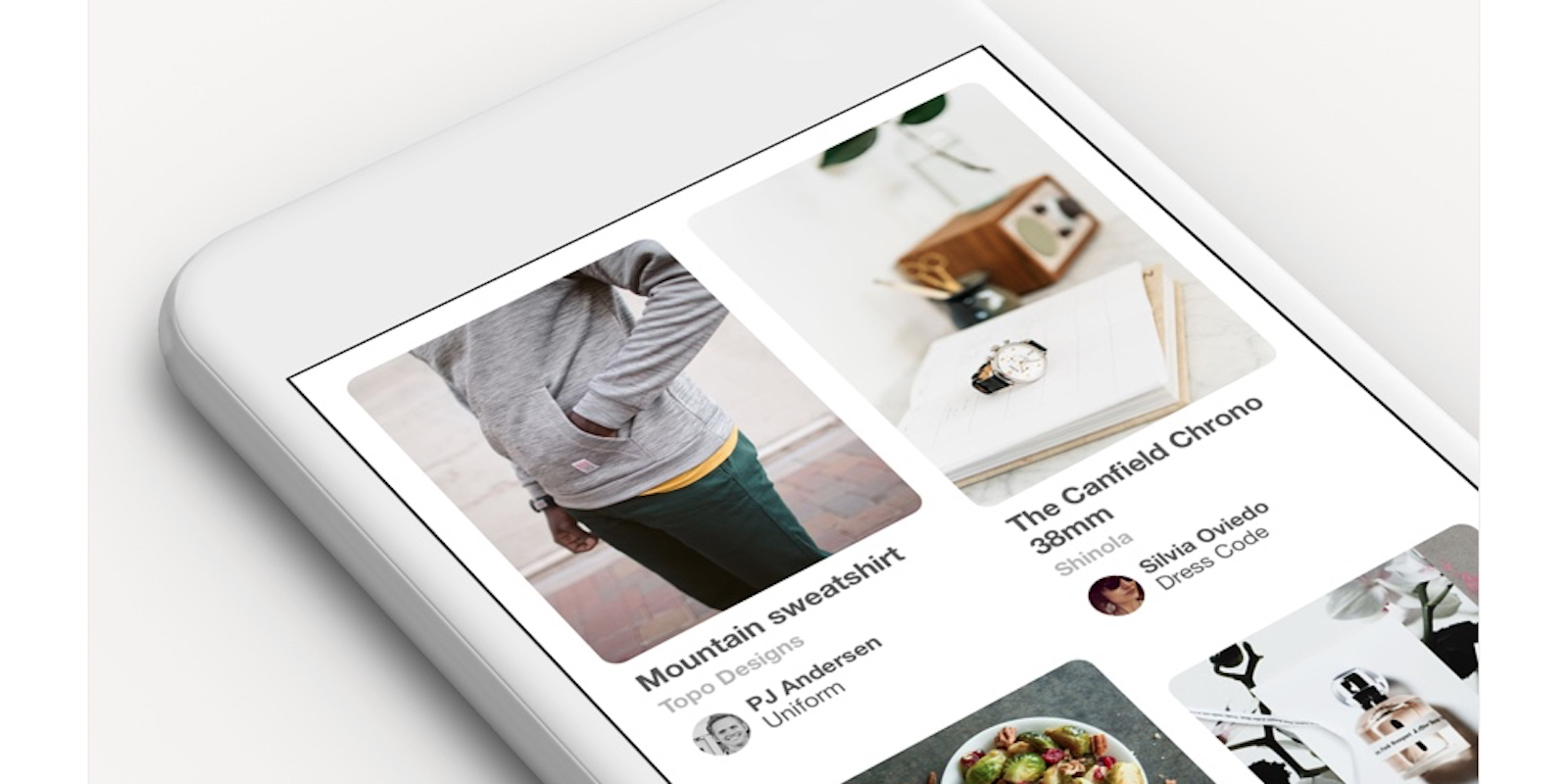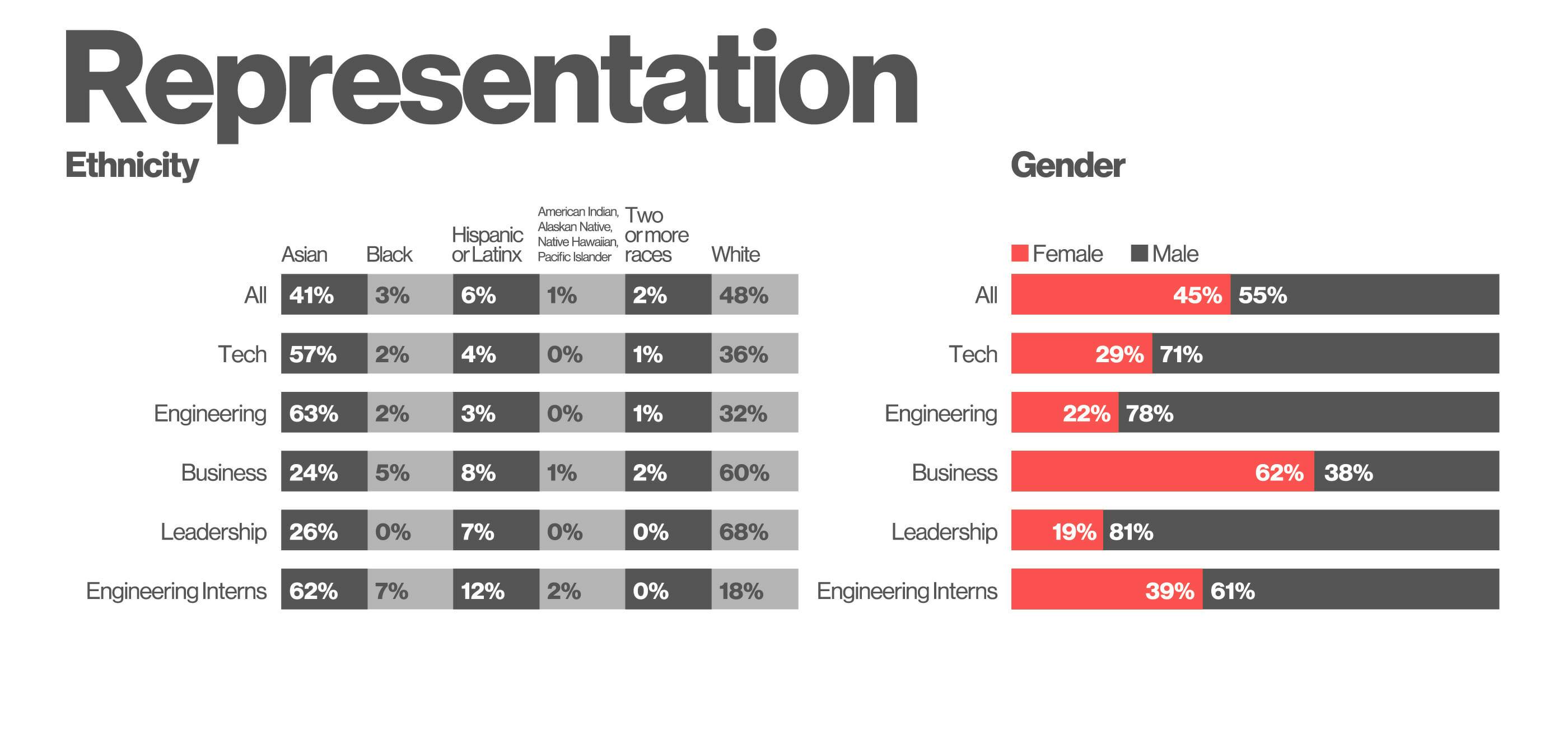If there’s one Silicon Valley company that should buck the trend of being mostly white and male, it’s Pinterest. While it has a growing male audience, 45 percent of women in the U.S. use the app. According to the company’s latest workforce diversity report, revealed Tuesday, Pinterest is now one of the “better” tech companies when it comes to internal diversity—but it’s still bad.
Women now account for 45 percent of the Pinterest workforce, an increase of 1 percent since last year. In tech positions, women make up just under 30 percent of roles (up from 21 percent two years ago), and among its leadership, women only hold 19 percent of positions. When it comes to minority hiring, Pinterest’s workplace diversity isn’t even that rosy—although it has improved. Minorities at the company have grown from 3 percent to 9 percent since 2015.
Pinterest’s internal composition is markedly better than some other Silicon Valley tech companies, such as Uber, Twitter, and Facebook, particularly when it comes to women in technical roles.
Pinterest, in its blog post about its diversity stats, is clear about the benchmarks it hit (improving the number of full-time female engineers to 25 percent, which it beat at 26 percent) and the ones it didn’t (the company aimed to have 8 percent of engineers come from underrepresented groups, and it’s only at 5 percent).
Pinterest attributes its success to its apprentice program, which offers opportunities for self-taught coders.
“There are a lot of talented people who don’t come from computer science backgrounds but still have a lot to offer,” the blog post explains. “So we started this initiative to help talented candidates get their foot in the door, and have hired a number of apprentices to become full-time engineers.”
Pinterest’s steady improvements show that diversity-focused programs can yield positive improvements—although they still take time.
H/T Recode



